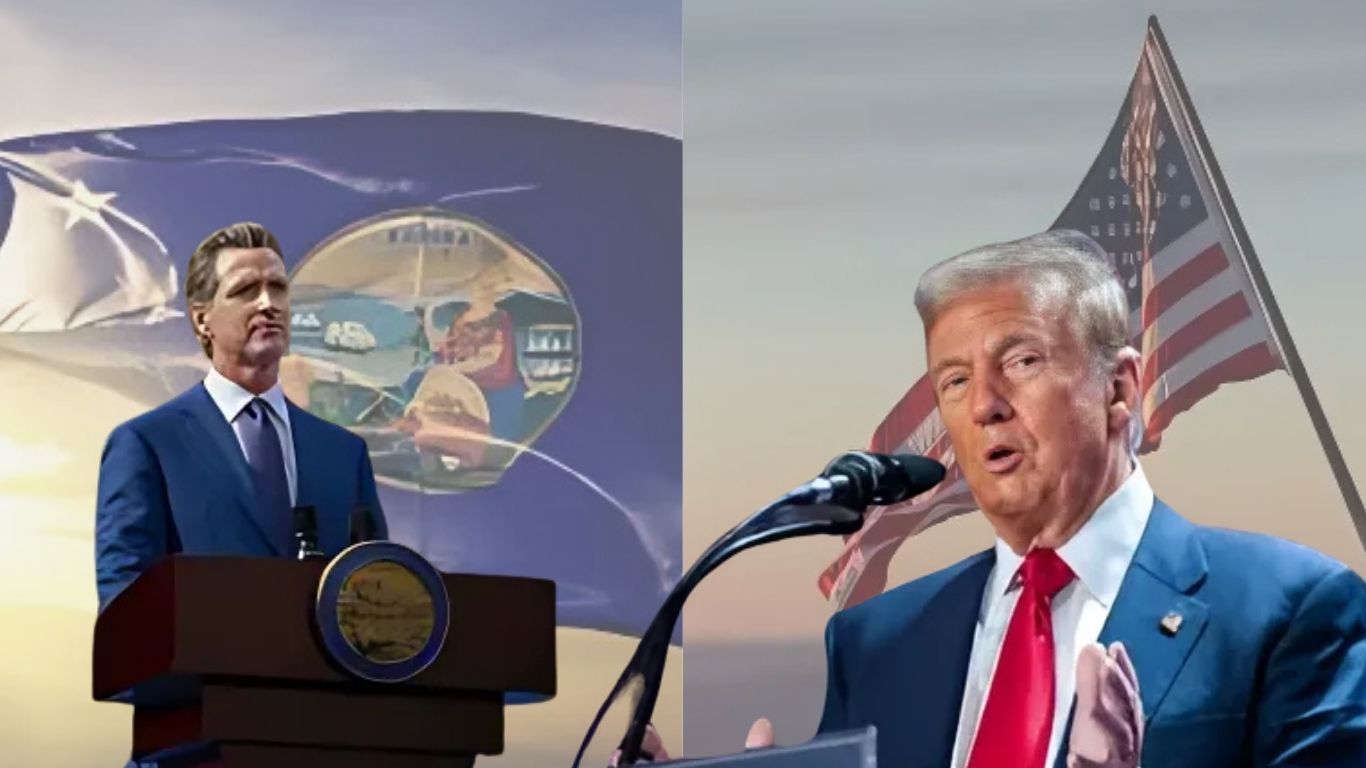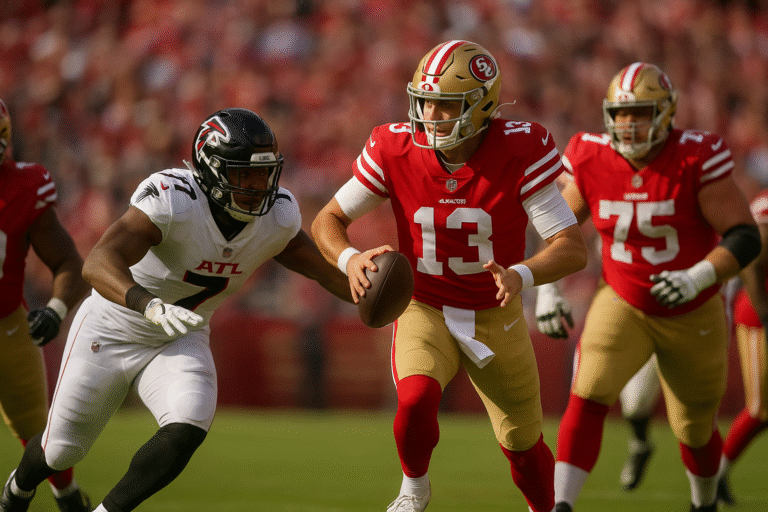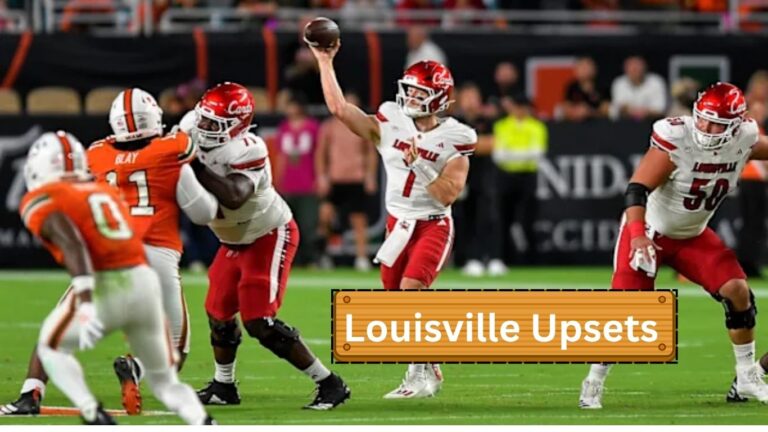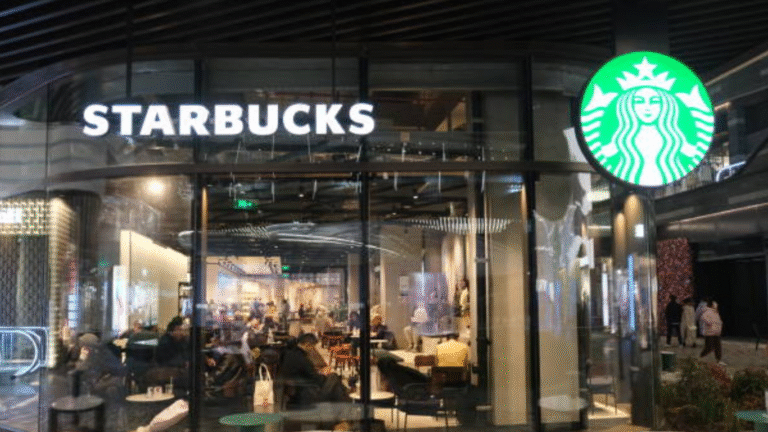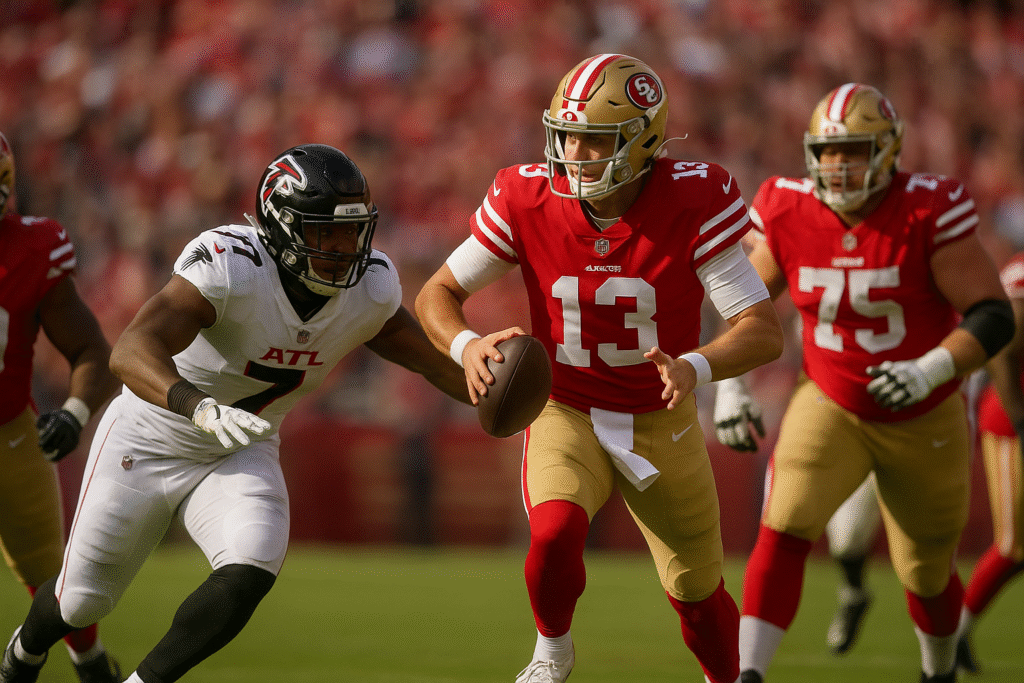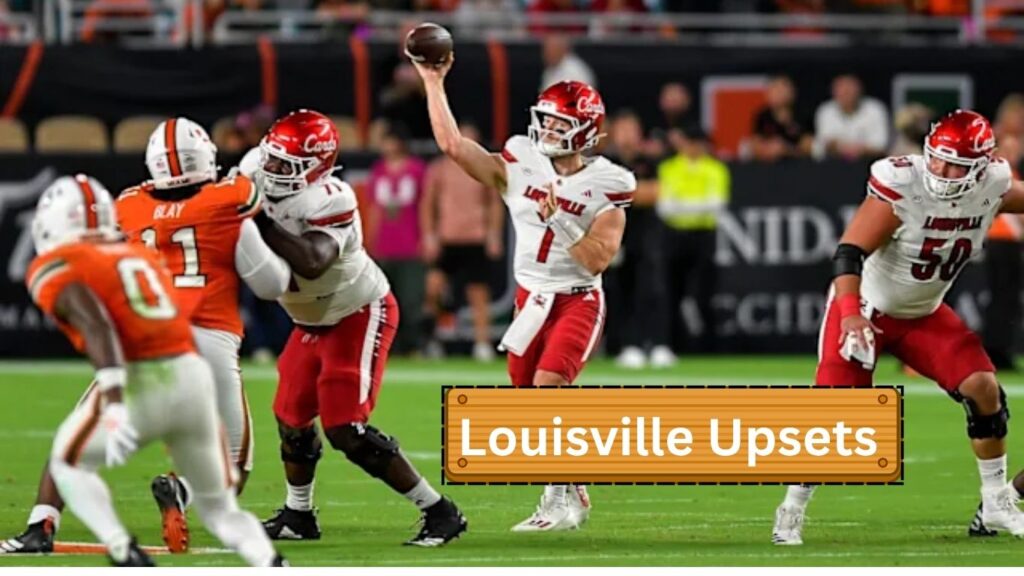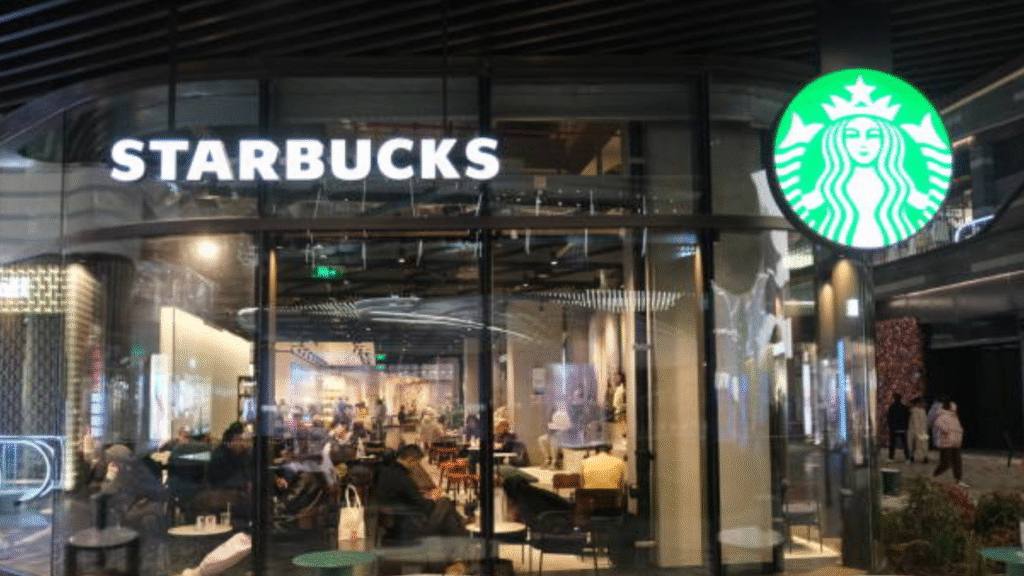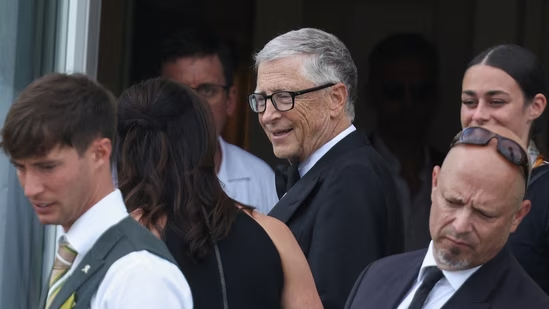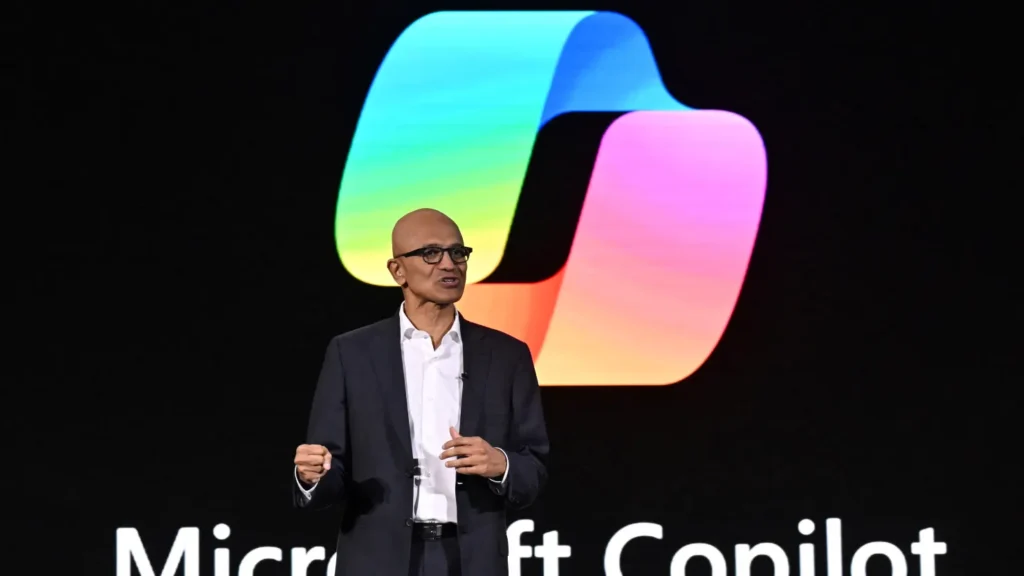Politics Meets the Digital Age
The political arena in America is shifting. Traditional rallies and press conferences are no longer the only battlegrounds today, the war for influence is also fought in digital campaigns, social media warfare, and data-driven voter targeting. In this evolving landscape, few rivalries have captured public attention as much as Newsom vs Trump.
While one represents a progressive California vision powered by technology and climate reform, the other remains a symbol of conservative populism with deep influence over digital conservative media. As the nation edges toward the 2026 and 2028 political cycles, this clash of ideologies Newsom vs Trump is becoming a defining feature of American political tech discourse.
The Rise of Digital Political Identity
California Governor Gavin Newsom has embraced digital platforms to craft a high-tech progressive image. From addressing AI ethics to tackling misinformation and expanding broadband access in underserved areas, Newsom’s policies mirror California’s innovation economy. Meanwhile, former President Donald Trump continues to dominate digital conservative circles, often bypassing mainstream media in favor of direct-to-voter communication through platforms like Truth Social and X (formerly Twitter).
The Newsom vs Trump dynamic shows how the future of political power lies in mastering digital identity. Both men know that controlling the narrative in the digital space can tip the balance in public opinion.

Tech Policies That Divide
The ideological clash between Newsom and Trump is especially stark when it comes to technology policy.
Newsom’s Tech Vision
- AI Governance: Newsom has pushed for ethical AI frameworks and cooperation with tech leaders to ensure responsible innovation.
- Net Neutrality: Under his leadership, California has maintained strict net neutrality laws, challenging federal rollbacks.
- Green Tech Investments: His climate agenda includes billions in green tech R&D, from electric vehicles to carbon removal startups.
Trump’s Tech Stance
- Deregulation: The Trump administration rolled back several tech regulations, arguing for fewer restrictions on business.
- Big Tech Criticism: Trump has long accused major platforms of censoring conservative voices, advocating for breaking up tech monopolies.
- Focus on Cybersecurity: While criticized for inconsistent policy, Trump’s administration did establish CISA (Cybersecurity and Infrastructure Security Agency) to protect against digital threats.
These differing visions add fuel to the Newsom vs Trump narrative, highlighting how technology is no longer a neutral tool but a political weapon.
Digital Strategy Wars
Social Media Presence
Both figures have mastered social media, but in contrasting ways:
- Newsom uses platforms like Instagram, YouTube, and TikTok to reach younger demographics with polished content and slick policy explainers.
- Trump maintains a raw, unfiltered tone on platforms like Truth Social and rallies his base with polarizing posts.
In the Newsom vs Trump matchup, each is crafting a digital persona engineered to resonate with their base.
Data Analytics and Microtargeting
The 2024 campaigns saw sophisticated use of machine learning for microtargeting voters. Expect more of the same in any future Newsom vs Trump face-off. Newsom’s allies have invested in voter behavior AI models, while Trump’s camp works with data giants like Cambridge Analytica (in the past) and now other right-leaning firms for precision influence.
The Role of Media Tech
The media is also a powerful tech-enabled player in the Newsom vs Trump spectacle.
- Algorithmic Amplification: Trump-related content often trends due to outrage-based sharing. Newsom’s media team, meanwhile, relies on algorithm optimization for policy-focused videos.
- Streaming Political Content: From YouTube town halls to Rumble-hosted rally streams, tech platforms are central to campaign outreach.
This digitized media war has reshaped political engagement. What was once limited to cable news debates is now a 24/7 livestream battle.
Fundraising in the Digital Era
Fundraising tech has become a battleground in the Newsom vs Trump competition. Online platforms now power small-donor fundraising with efficiency and scale.
- ActBlue, often used by Democrats, has helped Newsom raise millions through micro-donations.
- WinRed, the Republican counterpart, has powered Trump’s massive online haul.
Data from the 2024 cycle showed that digital fundraising accounted for over 60% of campaign donations. In a likely Newsom vs Trump race, expect this number to go even higher, as both campaigns refine their digital outreach pipelines using AI and predictive analytics.
Misinformation and Fact-Checking Technologies
A major theme in the Newsom vs Trump rivalry is the fight over truth. Trump’s campaigns have frequently clashed with fact-checkers and social media platforms over misinformation. Newsom, on the other hand, has pushed for state-level legislation requiring platforms to disclose their misinformation policies.
California’s AB 587, which Newsom signed into law, mandates transparency from social media companies on how they moderate content. Critics say it stifles free speech; supporters call it a blueprint for digital accountability.
AI-driven fact-checking bots, browser plugins, and moderation algorithms are now essential tools in combating false narratives on both sides of the Newsom vs Trump divide.
Cybersecurity and Election Integrity
Cybersecurity is another hot tech topic in the Newsom vs Trump context. Newsom has increased investments in digital security for elections, deploying zero-trust architectures and blockchain-based ballot tracking systems in some counties.
Trump, meanwhile, has continued to question election technology integrity, calling for audits and pushing back against mail-in voting, leading to partisan divides over trust in digital voting systems.
As election systems become more tech-enabled, the stakes in the Newsom vs Trump clash include not only who wins but how secure and trustworthy the process appears.
AI and the Deepfake Dilemma
With deepfake technology becoming more accessible, the Newsom vs Trump rivalry is entering a new frontier. AI-generated videos mimicking both candidates have already surfaced. The danger of manipulated content is significant:
- AI-generated voice clones could fake speeches or policy statements.
- Deepfake visuals may spread false narratives during campaigns.
Both camps must now defend against synthetic media, relying on detection software and digital watermarking to protect their candidates’ reputations.
Tech Labor and Regulation
California’s massive tech labor force aligns closely with Newsom’s policies, especially on labor rights, remote work protections, and unionization. Trump has historically sided with deregulation and pro-business stances, appealing to tech entrepreneurs and anti-tax groups.
The Newsom vs Trump debate now reflects broader questions:
- Should tech workers be classified as employees or independent contractors?
- Should platforms be regulated as utilities?
- Is Section 230 reform needed?
These regulatory flashpoints are influencing Silicon Valley’s political leanings and donations, placing the tech industry at the heart of the Newsom vs Trump power struggle.
Tech Industry Endorsements and Donations
Big Tech leaders have largely leaned Democratic in recent cycles, but Trump has pockets of support, especially among crypto entrepreneurs and anti-censorship advocates.
- Elon Musk, for example, has oscillated between libertarian ideals and conservative-leaning sentiments.
- Other Silicon Valley giants have openly backed Newsom’s digital economy policies.
A future Newsom vs Trump election will likely see tech industry endorsements become a polarizing issue, influencing both campaign strategy and public perception.
Education Technology and Workforce Development
Both Trump and Newsom have addressed tech education, but in vastly different ways.
- Newsom promotes coding in schools, AI ethics curricula, and public-private partnerships to upskill workers.
- Trump emphasizes patriotic education and vocational training with less focus on digital literacy.
The Newsom vs Trump clash touches directly on how future Americans will be trained for a rapidly digitizing economy.
International Tech Alliances and Trade Policy
On the global stage, Newsom has visited Asia and Europe to foster clean-tech and AI partnerships. Trump, during his administration, focused more on trade wars with China, Huawei bans, and sanctions against foreign-made semiconductors.
The Newsom vs Trump difference extends to how they see America’s tech supremacy in the international arena. One seeks collaboration; the other, competition and sovereignty.
Digital Influence is the New Political Capital
The evolving saga of Newsom vs Trump is not just about left vs right, or California vs Florida. It’s about how technology, digital narratives, and tech policy are reshaping modern political campaigns and voter behavior.
As America prepares for the next presidential cycle, the Newsom vs Trump rivalry offers a glimpse into a future where coding, algorithms, data analytics, and AI don’t just run our devices, they determine our leaders.
In this bold battle for political power, the victor won’t just be the better debater or campaigner, it will be the candidate who understands and harnesses the power of tech to connect, mobilize, and lead in the digital age.
Key Takeaways:
- Newsom vs Trump reflects broader digital and political divides.
- Social media, AI, and cybersecurity will shape future campaigns.
- Misinformation and deepfakes present new risks.
- Digital fundraising and microtargeting are central to modern political strategy.
- The next wave of leadership will depend heavily on how candidates use and regulate tech.

